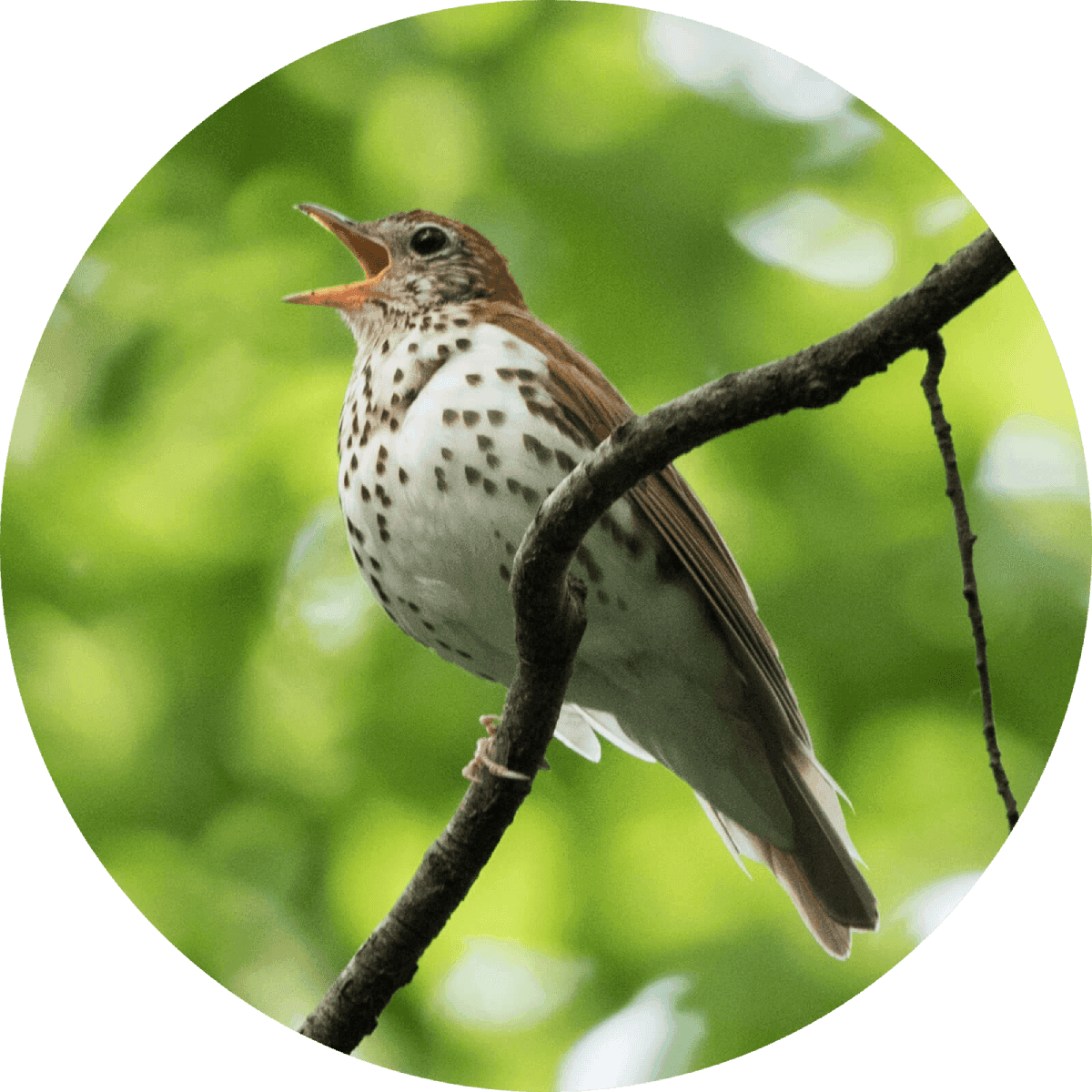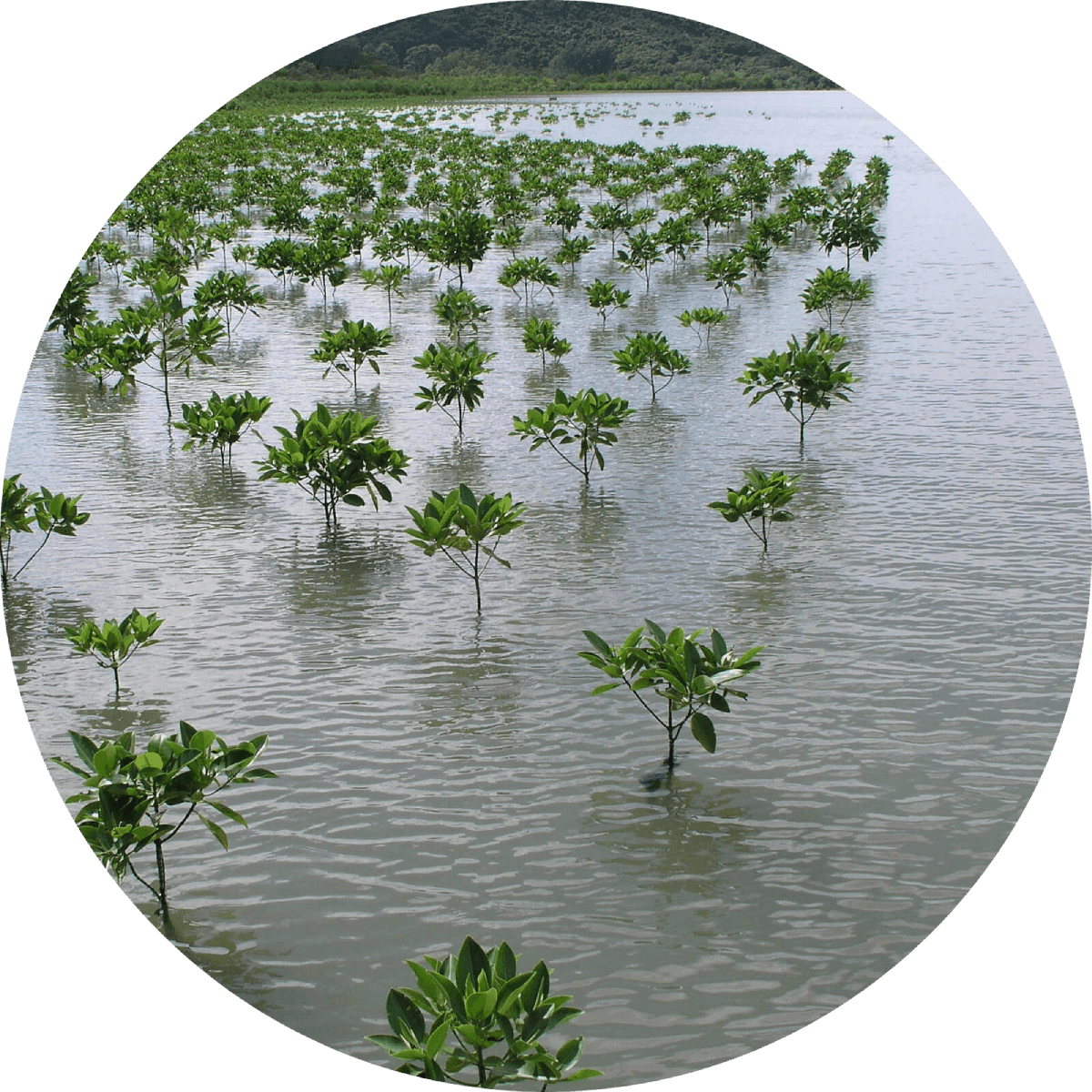“Temperate grasslands are considered the most altered and endangered biome on the planet. They are home to a unique assemblage of large mammals, many of which are migratory and endangered. One of those is the Asiatic wild ass (Equus hemionus), also known as kulan, one of seven species in the equid family. The kulan was once a key species among large herbivores – along with saiga antelope, several gazelle species and the Przewalski's horse – that ranged the Eurasian steppes, stretching from the eastern shores of the Mediterranean to Mongolia... A new project aims to repopulate the central steppe of Kazakhstan with kulan, also known as the Asiatic wild ass. The project, call KULANSTEP, will transport kulan from a larger population in Altyn Emel National Park in southeastern Kazakhstan to a release site on the 60,000-square-kilometer Torgai steppe, which is strategically located in a network of protected areas and ecological corridors. The longterm aim of the wider conservation effort is to greatly increase the population size and range of kulan in Central Asia and provide a catalyst for further kulan conservation efforts across the region.”
“Six Przewalski's horses arrived on a charter flight from France to Russia in October, kicking off a program to return the species to the Ural region of Orenburg, where the animal hadn't been seen in over a century. Nearly five months later, conservationists say the animals -- one adult stallion, four mares, and an 18-month-old colt -- are adapting well to conditions on the freezing steppe. The reintroduction project has been ‘very successful' in its earliest stages, according to Tatjana Zharkikh, head of the reintroduction center in the strictly protected Orenburg nature reserves along the border with Kazakhstan... The small herd's new habitat spans more than 16,500 hectares of virgin steppe.”
“The steppes have few trees (in spite of attempts to plant them), low and unreliable supplies of water (my spring and summer in Rostov coincided with a serious drought), burning hot sun and winds in the summer, but very fertile soil that yielded bumper harvests in good years. The lands to the northwest, in marked contrast, are heavily forested, have abundant supplies of water, especially in the spring when the snow melts, long, cold winters, and not very fertile soil. The steppes were conquered, settled, and ploughed up by people from the northwest who coveted their fertile soil and warmer climate, and expelled the indigenous, nomadic, population.”
“Spring still resembles winter, but some of its rought gray days leave behind gifts to the story-weary steppe— mild evenings that feel like tasty morsels, affectionate winks, and gently teasing swats on the nose. These balmy spells stay with us, along with the Brant geese and the gray ducks that have arrived too early once again, and now have to find and re-create in snow and ice the path that will point toward summer.”
“The Saiga antelope (Saiga tatarica) is a critically endangered migratory ungulate of the steppes and semi-deserts of Eurasia. Since the collapse of the Soviet Union in 1991, numbers of saiga populations have declined by more than 90%... During its evolution the saiga became very well adapted to the harsh and unpredictable conditions of an extreme environment... By the 1920s, over-harvesting had almost completely eliminated the saiga from most of its range. Intensive hunting and land-use development in steppe in the late nineteenth and early twentieth centuries reduced global saiga populations to only a few hundreds. Before the 1990s, the Soviet Union's closed borders supported the antelope population by cutting off international trade routes.”
“In Mongolia steppe ecosystems have not yet lost their natural potential as the country has a scarce population and preserves the traditional cattle-breeding way of life... The strongly increased animal load of the past decades has disrupted the natural balance and, because of the high vulnerability of semiarid and arid ecosystems, this promotes their degradation and desertification...This is primarily due to the burgeoning numbers of herders and their livestock. From the 1980s till 2008, the total number of livestock has increased almost twice – from 23.0 to 44.3 million. At the same time, the herd structure changed: the number of goats increased 3–4 fold.”
“The survival situation for the Takh changed dramatically for the worse when in 1945 and 1947 permission was granted to Kazakhs from China to relocate in south-western Mongolia. Having no livestock of their own the Kazakhs hunted to satisfy their needs, and unlike the Mongolians, they relish horsemeat. Thus, hunting pressure increased. While out in the wide open steppe with plenty of streams the shy Takh could stay out of reach of hunters, they were unable to avoid ambush at the scarce sources of water that they had to frequent... Its numbers shrunk to near extinction, and modern weaponry killed off the last specimens in the wild.”
“The Stalin Plan foresaw the creation of nearly six million hectares of new forest-an area greater than that of all the forests of Western Europe-in the form of windbreaks along the rivers of the Russian south and the perimeters of the collective farms. According to Soviet claims, these new forests would halt desiccating Central Asian winds, cool and dampen the climate of southern Russia, and eliminate the periodic droughts that had afflicted the steppe for decades. But despite an enormous propaganda blitz, including a patriotic oratorio composed by Dmitrii Shostakovich, and the allocation of huge sums of money, the plan was abandoned after fewer than five years, the momentum of the thirty-year-old afforestation project stalled and the climate of the steppe remained unchanged.”
“Although this famine appears to have resulted in the death of approximately five million people-placing it well among the worst famines of all time-it is scarcely known today. The Soviet Union, in fact, has never officially admitted that the famine existed... [Why] The answer seems to be that the famine of 1932-34, unlike its predecessors, was a man-made disaster. It was an almost direct result of the economic and social policies followed by the Soviet government during its first five-year plan. To carry out its programme of rapid industrialization, the government felt that it needed to collectivize agriculture quickly. The disruptions growing out of collectivization led to the famine and the death of millions of peasants... they did such a good job of suppressing knowledge of it that few today know of the famine...”
“The green, sharp-leafed wheat breaks through the ground and grows; within a few weeks a rook can fly into its midst and not be seen. The corn sucks the juices from the earth and comes to ear, then it flowers and the ears are powdered with a golden dust; the grain swells with sweet and scented milk. The farmer goes out into the steppe and stands gazing and is filled with joy.”
“Up to the shores of the Black Sea, over a vast area is stretched a treeless, lightly rolling plain, here scored by deep gullies, there smooth and level for hundreds of versts, [formerly] covered in the main by a herbaceous steppe vegetation, or in some parts also by steppe shrubs ... The real high steppes are so bereft of woody vegetation that their horizon, sometimes for many hundred versts, is not broken by a single tree... The steppe, [where it is] as yet untouched by the plough, strikes the observer with the wealth and beauty of its flora, the rapid changeability of its colouring at different seasons of the year and the abundance of animal life.”
“Something warm touched Yegorushka's spine; the streak of light, stealing up from behind, darted between the chaise and the horses, moved to meet the other streak, and soon the whole wide steppe flung off the twilight of early morning, and was smiling and sparkling with dew. The cut rye, the coarse steppe grass, the milkwort, the wild hemp, all withered from the sultry heat, turned brown and half dead, now washed by the dew and caressed by the sun, revived, to fade again. Arctic petrels flew across the road with joyful cries; marmots called to one another in the grass. Somewhere, far away to the left, lapwings uttered their plaintive notes. A covey of partridges, scared by the chaise, fluttered up and with their soft ‘trrrr!' flew off to the hills. In the grass crickets, locusts and grasshoppers kept up their churring, monotonous music.”
“Comparing the black-earth steppes in the south with lands in the north, we find that in the north, which is abundant in water and forests, the soil is lacking in productive force for grain crops, and requires artificial fertilization and intelligent labour; in the south, where the black earth is extremely productive, it lacks rain and moisture.”
“The local climate [Kremenchuk] I consider the best in the Empire, here, without exception all fruit trees grow in the open air, I from birth have not seen such pear trees the same height and girth as the largest and broadest oak, the air is most pleasant. This region is in truth a paradise; it is a great shame, that the unhappy borders before my reign did not allow the use of these advantages...here, without forcing nature, with little care and less expenditure, there is everything one could want.”


Learn about Maya Lin’s fifth and final memorial: a multi-platform science based artwork that presents an ecological history of our world - past, present, and future.

Discover ecological histories and stories of former abundance, loss, and recovery on the map of memory.

Learn how we can reduce our emissions and protect and restore species and habitats – around the world.

See how art can help us rethink the problems we face, and give us hope that each one of us can make a difference.

Help make a global memorial something personal and close to home. Share your stories of the natural world.